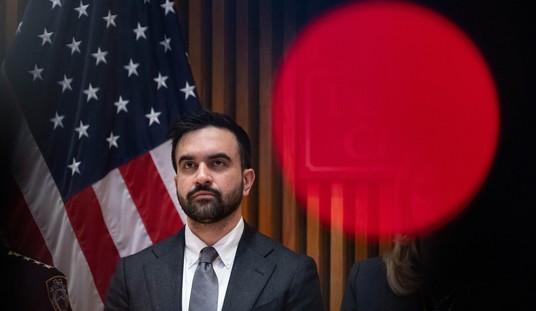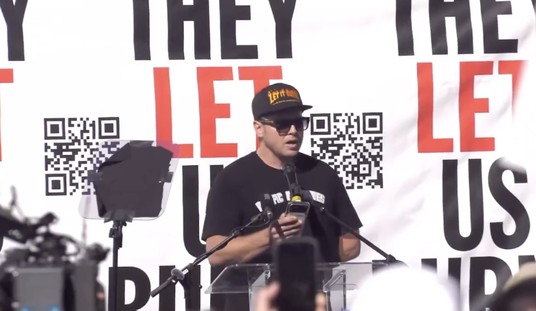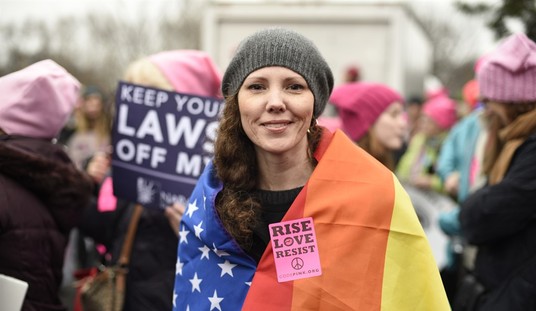This particular case involved claims that seven Pennsylvania counties and the Secretary of the Commonwealth inappropriately allowed voters who submitted defective mail-in ballots to “cure” the defect by voting a provisional ballot on election day.
The issues in the case involve whether such a “curing” process is allowable under Pennsylvania law, and whether the actions by the counties and the Secretary of the Commonwealth caused an “injury” to the Plaintiffs by expanding the opportunity for registered voters to cast their ballots.
This case was always going to end up in a dismissal based on a lack of standing on the part of the Plaintiffs to assert the type of claims they were bringing. The controlling case law at the appellate court level dictated the outcome. The purpose of bringing the case was to initiate a process that allows the Trump Campaign’s claims to move through the trial court, appeals court, and on to the Supreme Court, which has the authority to overrule lower court “standing” cases and give the Trump Campaign the ability to pursue its claims. You can’t get to the Supreme Court without starting in the district court, and the Trump Campaign could only get to the Supreme Court by LOSING.
The initial complaint had seven causes of action. It was filled by two individual plaintiffs and the Trump campaign. The individual plaintiffs were voters from counties OTHER than the seven counties that were named as defendants, and each had their mail-in ballot rejected for technical defects. Their counties did not contact them to advise them of the rejection, and they were not given a chance to cure the defect by submitting a provisional ballot.
The legal claim was that because the seven counties allowed voters with rejected mail-in ballots to “cure” their defect, the equal protection rights of the individual plaintiffs were violated when their counties did not do the same. As the Judge appropriately noted, the complaint of the two individual voters is with their own counties — the seven named defendant counties didn’t do anything to them.
If the Trump Campaign wanted individuals to be co-Plaintiffs it should have found Trump voters in the seven counties who had their votes rejected and were not notified in the manner that Biden voters were notified. THEN you would have disparate treatment of voters in one county — Trump voters v. Biden voters — where the Plaintiffs could allege that the County treated them differently under identical circumstances.
While this case was pending, the Third Circuit Court of Appeals handed down a decision in another election-related lawsuit which affected this case by establishing that the Plaintiffs in this case lacked standing to bring the kinds of claims they were alleging.
But, in what looks like a panicked and poorly thought out move — while attorneys representing the Trump Campaign were being changed — one of the attorneys filed a First Amended Complaint that dismissed five of the seven claims due to the new Third Circuit decision. Not only did they drop five of the seven claims, they struck from the complaint several factual allegations because they were related to the five claims that were dropped.
That was a mistake. A plaintiff can amend a complaint one time as a matter of right — but once the Amended Complaint is filed, the original complaint ceases to exist. Everything that was dropped was no longer before the Court when the motions to dismiss were heard. What they should have done was leave the complaint alone, acknowledge the new decision of the Third Circuit, let the district court judge do what he was going to do anyway — then appeal.
After that attorney changes were complete, during the hearing Rudy Giuliani advised the Court that the Plaintiffs were going to amend their complaint again. But a Plaintiff does not have right to a second amended complaint — you can only amend a second time with permission of the Court. In his order dismissing the case, the Judge Brann denied permission to amend a second time.
But, in doing so he actually did the Trump Campaign a favor. Another amended complaint would have sparked another round of motions to dismiss, another hearing, and more days wasted rather than pushing the case through the appeals court. The outcome in the district court was going to be the same whether there was another amended complaint or not – he was going to dismiss the case on standing grounds.
The problem for the Trump Campaign is that by filing an amended complaint that eliminated five of seven claims, and by making a mess of things when opposing the motions to dismiss, they created a horrible record with which to work when going up on appeal to the Third Circuit. This is where Judge Brann did the Campaign ANOTHER favor. In his memorandum explaining his decision to dismiss the case he stitched together a relatively comprehensible theory for standing on the part of the Trump Campaign. He did so from a mish-mash of claims and arguments presented by an ever-changing cast of attorneys for the Campaign. What he assembled on their behalf was much more comprehensible than anything the Campaign’s lawyers offered to him in their papers or Rudy’s oral argument. But his ability to do so was limited by the fact that they had dismissed claims and excised factual allegations that were in the original complaint, so those weren’t before him any longer. You can read between the lines in the following passage from his memorandum:
It is telling that the only case from the Third Circuit cited to by Plaintiffs, Marks v. Stinson, does not contain a discussion of competitive standing or any other theory of standing applicable in federal court. Simply pointing to another case where a competitor in an election was found to have standing does not establish competitive standing in this matter.
The Trump Campaign has not offered another theory of standing, and therefore, cannot meet its burden of establishing Article III jurisdiction. To be clear, this Court is not holding that a political campaign can never establish standing to challenge the outcome of an election; rather, it merely finds that in this case, the Trump Campaign has not pled a cognizable theory.
This is the way a judge expresses to one side “You can’t ask me to do everything for you.” The failure to get the standing theory correctly set forth was bad lawyering — bad lawyering that comes from using attorneys who are not well-versed in an area of the law which requires a significant amount of subject-maker expertise. This is why you have a legal team in place on a campaign to deal with litigation BEFORE the election, and turn them loose when the need presents itself. But the complaint should not have been filed until the facts were nailed down.
The Court’s order dismissing the case ignores the one key fact that I think is at the core of a potentially successful claim — that the seven counties, or some of them, engaged in an illegal pre-canvass of ballots prior to 7:00 am on Election Day as specified in the Election Code. With that allegation — which was never squarely made in the complaint — you have both differential treatment of Trump voters and Biden voters by one or more counties, and you also have violations of the statute by the counties as part of the same conduct that is alleged to violate the Plaintiffs’ rights. This allegation plays better to the Trump campaign’s claim of vote dilution with invalid votes being allowed to be cast.
The Counties sought permission — and were denied permission — to pre-canvass ballots prior to 7:00 am on Election Day. But there was evidence they did so anyway, and doing so allowed more invalid ballots to be cured. That allegation should have gotten the Trump Campaign the right to know how many votes were cured, and how many votes were rejected due to technical errors.
The goal of the litigation in Pennsylvania is to create a facial record — if it exists — that the seven pro-Biden counties at issue allowed a number of invalid votes to be counted, and that number is high enough — or it simply is not known — to call into question the Biden margin of victory. The “harm” is vote dilution of the voters on the losing side, which is what happens when invalid votes are allowed to be counted on the winning side, and the number of invalid ballots may have been the difference between winning and losing.
The reality of the situation is that if the Supreme Court wants to take up litigation coming out of federal courts in Pennsylvania and the Third Circuit, it will do so. The outcome in the district court doesn’t change that fact. The lawyers for the Trump Campaign did a poor job — under difficult circumstances — but in the final analysis the quality of what they did will be beside the point if there are 4 Justices who want to be heard on the issues from Pennsylvania.















Join the conversation as a VIP Member